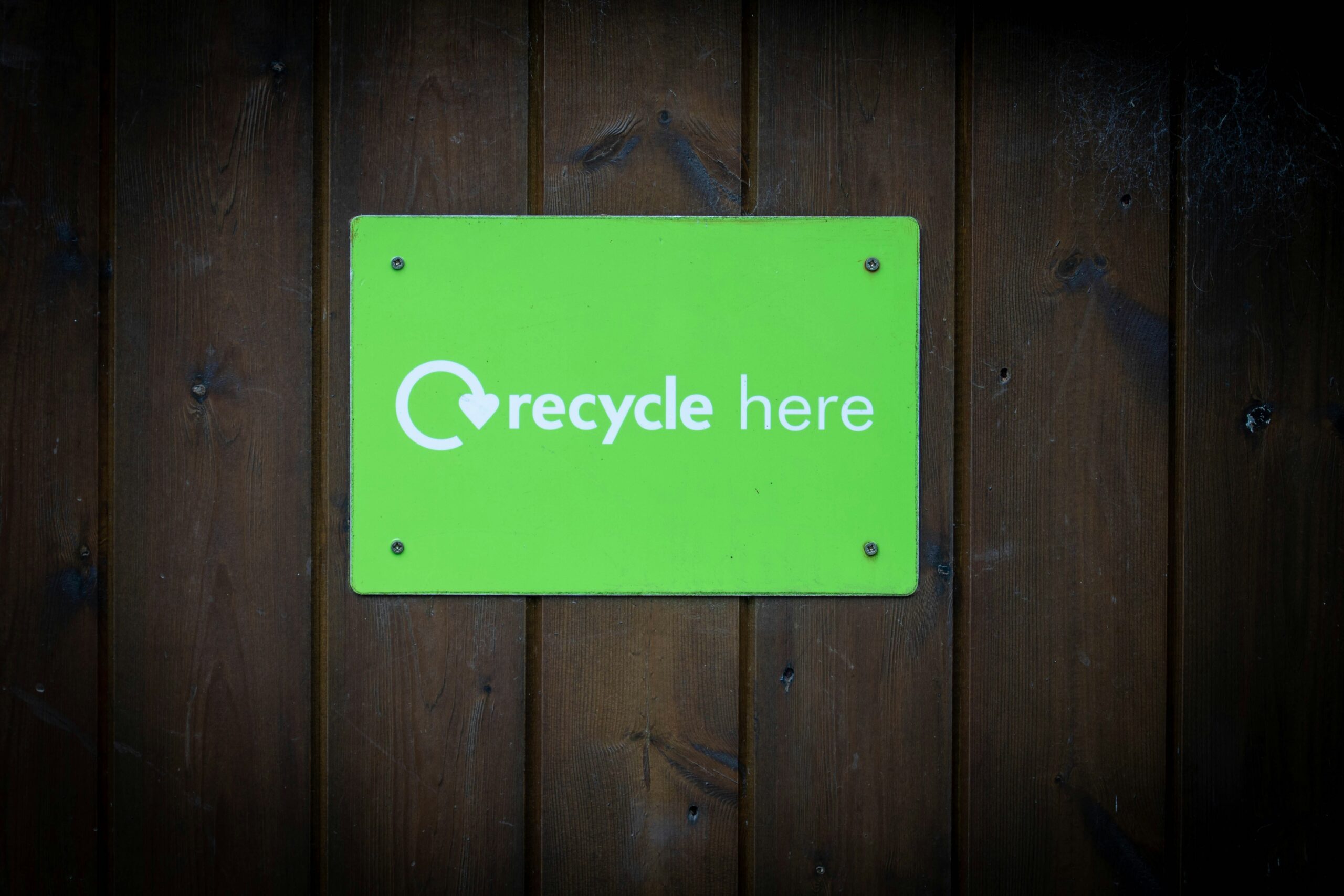Lead recycling is a critical process that not only conserves natural resources but also mitigates the environmental hazards associated with lead waste. As industries continue to utilize lead in various applications, the need for effective recycling methods becomes increasingly vital. By recycling lead, we can significantly reduce the amount of lead that ends up in landfills, where it can leach into the soil and water, posing serious health risks to humans and wildlife alike.
Moreover, lead recycling helps to ensure a sustainable supply of this valuable metal, which is essential for numerous applications, including batteries, radiation shielding, and soldering materials. The importance of lead recycling extends beyond environmental concerns; it also has significant economic implications. The recycling process creates jobs and stimulates local economies while providing a cost-effective source of lead for manufacturers.
As the demand for lead continues to grow, particularly in the battery industry, recycling becomes an essential component of a circular economy. By embracing lead recycling, we can create a more sustainable future while simultaneously addressing the pressing challenges of resource depletion and environmental degradation.
Key Takeaways
- Lead recycling is important for reducing environmental pollution and conserving natural resources.
- The environmental impact of lead includes soil and water contamination, as well as harm to human health and wildlife.
- The process of lead recycling involves collecting, sorting, smelting, and refining lead-containing materials.
- The benefits of lead recycling include energy conservation, reduced greenhouse gas emissions, and economic savings.
- Lead is used in various industries such as automotive, construction, and electronics, making it a valuable and in-demand material.
The Environmental Impact of Lead
Lead is a toxic heavy metal that poses serious environmental and health risks when not managed properly. Its widespread use in products such as batteries, paints, and plumbing materials has led to significant contamination of soil and water sources.
When lead waste is improperly disposed of, it can leach into the environment, causing long-term damage to ecosystems and posing health risks to humans, particularly children who are more susceptible to lead poisoning.
The environmental impact of lead is profound, as it can disrupt biological processes and harm wildlife, leading to a decline in biodiversity. The consequences of lead contamination are not limited to the immediate environment; they can also have far-reaching effects on public health. Exposure to lead has been linked to various health issues, including developmental delays in children, neurological disorders, and cardiovascular problems in adults.
By prioritizing lead recycling, we can significantly reduce the amount of lead that enters our environment, thereby protecting both human health and the ecosystems we depend on. The environmental impact of lead is a pressing issue that necessitates immediate action through effective recycling practices.
The Process of Lead Recycling
The process of lead recycling involves several key steps that ensure the safe and efficient recovery of lead from used products. Initially, lead-containing materials are collected from various sources, including spent batteries, electronic waste, and industrial scrap. Once collected, these materials undergo a thorough sorting process to separate lead from other materials.
This is crucial because contamination can hinder the recycling process and reduce the quality of the recovered lead. After sorting, the lead materials are processed through smelting or refining techniques to extract pure lead. Smelting involves heating the materials to high temperatures in a furnace, where impurities are removed, resulting in high-quality lead ingots.
This recycled lead can then be reused in manufacturing new products, closing the loop in the lifecycle of this valuable metal. The entire process is designed to minimize waste and energy consumption while maximizing recovery rates. By implementing advanced technologies and best practices in lead recycling, we can ensure that this essential resource is utilized efficiently and sustainably.
The Benefits of Lead Recycling
Lead recycling offers numerous benefits that extend beyond environmental protection. One of the most significant advantages is the conservation of natural resources. By recycling lead, we reduce the need for mining new ore, which is an energy-intensive process that can have detrimental effects on the environment.
This conservation not only helps preserve natural habitats but also reduces greenhouse gas emissions associated with mining activities. Additionally, lead recycling contributes to economic growth by creating jobs in the recycling industry and related sectors. As demand for recycled lead increases, so does the need for skilled workers to manage the recycling process effectively.
Furthermore, recycled lead is often more cost-effective than newly mined lead, providing manufacturers with a reliable and affordable source of this essential material. The benefits of lead recycling are multifaceted, encompassing environmental sustainability, economic growth, and resource conservation.
The Role of Lead in Various Industries
Lead plays a crucial role in several industries due to its unique properties, including high density, malleability, and resistance to corrosion. One of the most prominent applications of lead is in the production of batteries, particularly lead-acid batteries used in vehicles and renewable energy storage systems.
These batteries are essential for powering everything from cars to solar energy systems, making lead a vital component in the transition to cleaner energy solutions.
In addition to batteries, lead is used in radiation shielding for medical and industrial applications due to its ability to absorb harmful radiation. It is also employed in soldering materials for electronics and plumbing systems. The versatility of lead makes it an indispensable material across various sectors; however, its toxic nature necessitates responsible management through recycling practices.
By understanding the role of lead in different industries, we can better appreciate the importance of sustainable practices that prioritize recycling and minimize environmental impact.
The Global Demand for Lead
The global demand for lead continues to rise as industries seek reliable sources of this essential metal for various applications. The battery industry remains the largest consumer of lead, accounting for a significant portion of global demand. As electric vehicles gain popularity and renewable energy storage solutions become more prevalent, the need for lead-acid batteries is expected to grow even further.
This increasing demand highlights the importance of establishing robust recycling systems to ensure a sustainable supply of lead. Moreover, emerging markets are driving additional demand for lead as industrialization accelerates in developing countries. As these nations invest in infrastructure and technology, the need for lead in construction materials and electronic devices will likely increase.
To meet this growing demand while minimizing environmental impact, it is crucial to prioritize lead recycling initiatives that can provide a steady supply of recycled lead without depleting natural resources.
The Challenges of Lead Recycling
Despite its numerous benefits, lead recycling faces several challenges that must be addressed to maximize its potential. One significant challenge is the presence of contaminants in recycled materials, which can affect the quality of the recovered lead. Ensuring proper sorting and processing techniques are employed is essential to mitigate this issue and maintain high recovery rates.
Another challenge lies in public awareness and participation in recycling programs. Many consumers may not be aware of how to properly dispose of lead-containing products or may lack access to convenient recycling facilities. Increasing public education about the importance of lead recycling and providing accessible options for disposal can help overcome these barriers.
Additionally, regulatory frameworks must be strengthened to support safe recycling practices and encourage responsible management of lead waste.
The Future of Lead Recycling
The future of lead recycling looks promising as advancements in technology continue to improve efficiency and recovery rates. Innovations such as automated sorting systems and advanced smelting techniques are making it easier to recycle lead while minimizing environmental impact. As industries increasingly recognize the importance of sustainability, there will likely be greater investment in research and development aimed at enhancing recycling processes.
Furthermore, as global demand for lead continues to rise, there will be an increasing emphasis on establishing closed-loop systems that prioritize recycling over mining new resources. This shift towards a circular economy will not only help conserve natural resources but also reduce greenhouse gas emissions associated with traditional mining practices. The future of lead recycling holds great potential for creating a more sustainable world while meeting the needs of various industries.
The Role of Government in Lead Recycling
Governments play a crucial role in promoting effective lead recycling practices through legislation and policy initiatives. By implementing regulations that encourage responsible management of lead waste and incentivize recycling efforts, governments can help create a more sustainable framework for handling this toxic metal. Additionally, public awareness campaigns can educate citizens about the importance of proper disposal methods and encourage participation in recycling programs.
Furthermore, governments can support research and development efforts aimed at improving recycling technologies and processes. By investing in innovation and providing funding for pilot projects focused on lead recycling, governments can help drive progress in this critical area. Collaborative efforts between government agencies, industry stakeholders, and environmental organizations will be essential for establishing comprehensive strategies that promote effective lead recycling on a global scale.
The Responsibility of Businesses and Consumers
Both businesses and consumers have a shared responsibility when it comes to managing lead waste effectively. For businesses that utilize lead in their products or processes, implementing sustainable practices such as sourcing recycled materials and participating in take-back programs is essential. By prioritizing responsible management of lead waste, companies can contribute to a more sustainable future while enhancing their brand reputation among environmentally conscious consumers.
Consumers also play a vital role by making informed choices about their purchases and disposal methods. Understanding how to properly recycle or dispose of products containing lead can significantly reduce environmental impact. By supporting companies that prioritize sustainability and actively participating in recycling programs, consumers can help drive demand for recycled materials while promoting responsible management practices within their communities.
How You Can Get Involved in Lead Recycling
Getting involved in lead recycling is easier than you might think! One effective way to contribute is by educating yourself about local recycling programs and initiatives focused on managing lead waste responsibly. Many communities offer designated drop-off locations for batteries and other lead-containing products; taking advantage of these resources ensures that your waste is handled safely.
Additionally, consider advocating for stronger regulations around lead management within your community or workplace. Engaging with local government representatives or participating in public forums can help raise awareness about the importance of effective lead recycling practices. By taking these steps—whether through education or advocacy—you can play an active role in promoting sustainable solutions that benefit both people and the planet.
In conclusion, as we navigate an increasingly resource-constrained world marked by environmental challenges, embracing effective practices like lead recycling becomes paramount. By understanding its significance across various sectors—from economic growth to public health—we can work together towards creating a more sustainable future where valuable resources are conserved rather than wasted. Whether you’re an individual looking to make informed choices or a business seeking innovative solutions—there’s no better time than now to get involved!
FAQs
What is lead recycling?
Lead recycling is the process of collecting and reprocessing lead-based products, such as lead-acid batteries, to extract and reuse the lead content.
Why is lead recycling important?
Lead recycling is important because lead is a toxic substance that can have harmful effects on the environment and human health if not properly managed. Recycling lead helps to reduce the amount of lead waste that ends up in landfills and prevents the release of lead into the environment.
What are the benefits of lead recycling?
The benefits of lead recycling include conserving natural resources, reducing energy consumption, lowering greenhouse gas emissions, and minimizing the environmental and health risks associated with lead pollution.
How is lead recycled?
Lead recycling typically involves collecting lead-based products, such as lead-acid batteries, and then smelting the lead to separate it from other materials. The extracted lead can then be used to manufacture new lead-based products.
What are some common lead-based products that can be recycled?
Some common lead-based products that can be recycled include lead-acid batteries from vehicles and industrial equipment, lead pipes, lead sheeting, and lead-based paints.
Is lead recycling economically viable?
Yes, lead recycling is economically viable because lead is a valuable and widely used metal. The demand for lead in various industries, such as automotive and construction, creates a market for recycled lead, making lead recycling a financially sustainable practice.









